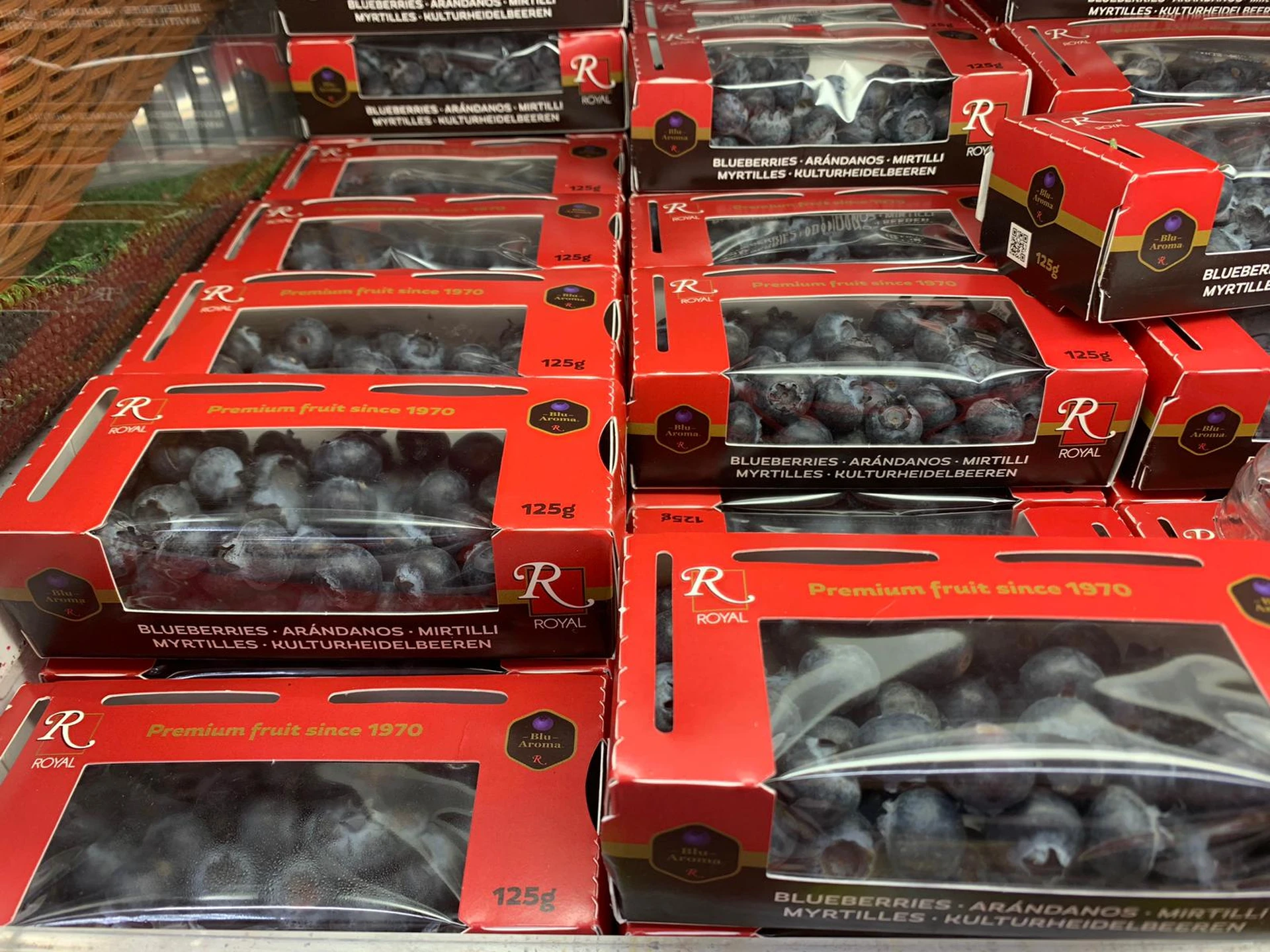Consumption that continues to increase in Europe, early production, and an economic workforce that allows competitive production costs are all factors that have contributed to the expansion of the soft fruit sector in Morocco. These goods have attracted a lot of foreign investment. To complete their production cycle, a large number of European producers have signed partnerships with Moroccan farmers in the sector. As a result, the business is recording new performances every year.
Although relatively new in Morocco, the sector now covers 9,650 hectares, generating a total production of 201,300 tonnes, according to figures for the 2019-2020 agricultural year released by the ministerial department of agriculture. This is quite an evolution, given that until the end of the 1980s, the areas covered by the activity that began with the cultivation of strawberry trees did not exceed 30 hectares conducted in open fields and located mainly in the Larache area. Today, strawberry cultivation alone occupies 3,540 hectares, generating 141,480 tonnes, more than half of which are destined for export in a fresh or frozen state.

As for the other red fruit species, namely raspberries and blueberries, their development in Morocco started in the early 2000s in the Gharb and Loukkos regions, and recently in the Souss-Massa region. It should be noted that during the 2019/2020 marketing year, the total area of raspberries amounted to more than 2,450 hectares, generating a production of more than 31,850 tonnes intended mainly for export. The cultivation of blueberries, for its part, occupied an area of more than 2,310 hec tares and generated a production of almost 27,670 tonnes during the same period.
While exports were only 266 tonnes in the early 1990s, they have grown significantly, especially since 1994. "Exports of soft fruits in the fresh state, which initially constituted the majority of Moroccan strawberry exports, have been reinforced since 1993 by products in the frozen state, marking the complementarity between these two activities and the willingness of Moroccan operators to seek a better valorisation of their products," reads an information note from the Ministry of Agriculture.
During the 2019/2020 campaign, total exports from the sector reached 168,420 tonnes, an increase of 11%, compared to the 2018/2019 campaign (151,760 tonnes). The European Union, which receives 95% of the exported volume, remains the main destination of Moroccan red fruit exports. Spain accounts for 35% of these exports, followed by France (33%) and the United Kingdom (20%). On an economic level, the evolution of red fruit exports in fresh and frozen/frozen form today represents a source of foreign currency for the country worth 6 billion dirhams per year (equivalent to approximately EUR 56 million).
In order to support the development of the sector and encourage operators to invest, the State grants a lot of aid. In an information document, the Ministry of Supervision provides details of this aid. For the creation of greenhouses, a subsidy of 10% of the investment cost is granted with ceilings set for each type of greenhouse and each type of unit. In terms of export diversification, the aid is 500 DH/tonne (about Eur 0.046/kg) for all quantities of strawberries exported outside the EU. The development of packaging capacities for fruit and vegetables receives a grant of 30% of the cost of building and equipping the stations. The subsidy is 25% of the investment cost for the development of cold storage capacity. For the processing of high-potential products, the aid is 20% of the cost of building and equipping the stations.
At the organisational level, a Moroccan interprofessional soft fruit federation, Interproberries Maroc (IPBM) was created in January 2018. It is composed of the Moroccan association of soft fruit producers (AMPFR) and the Moroccan association of strawberry export packers (AMCEF).
As part of the new Génération Green strategy , a next-generation government contract programme for the development of the soft fruit sector will be concluded between the government and Interproberries, the ministerial department announced. The development of this sector will certainly have new socio-economic benefits. For the moment, at the social level, this sector provides more than 16 million working days, of which 10 million at the farm level and 6 million at the level of packaging and freezing units.
Today, diversification of export markets is, in the opinion of one professional, a component that still needs to be strengthened. Asia is a market that is in the sights of some exporters. According to them, demand is great on this side. The phytosanitary agreements to introduce Moroccan origin in the different markets remain to be concluded.
Source: LaVieEcho










